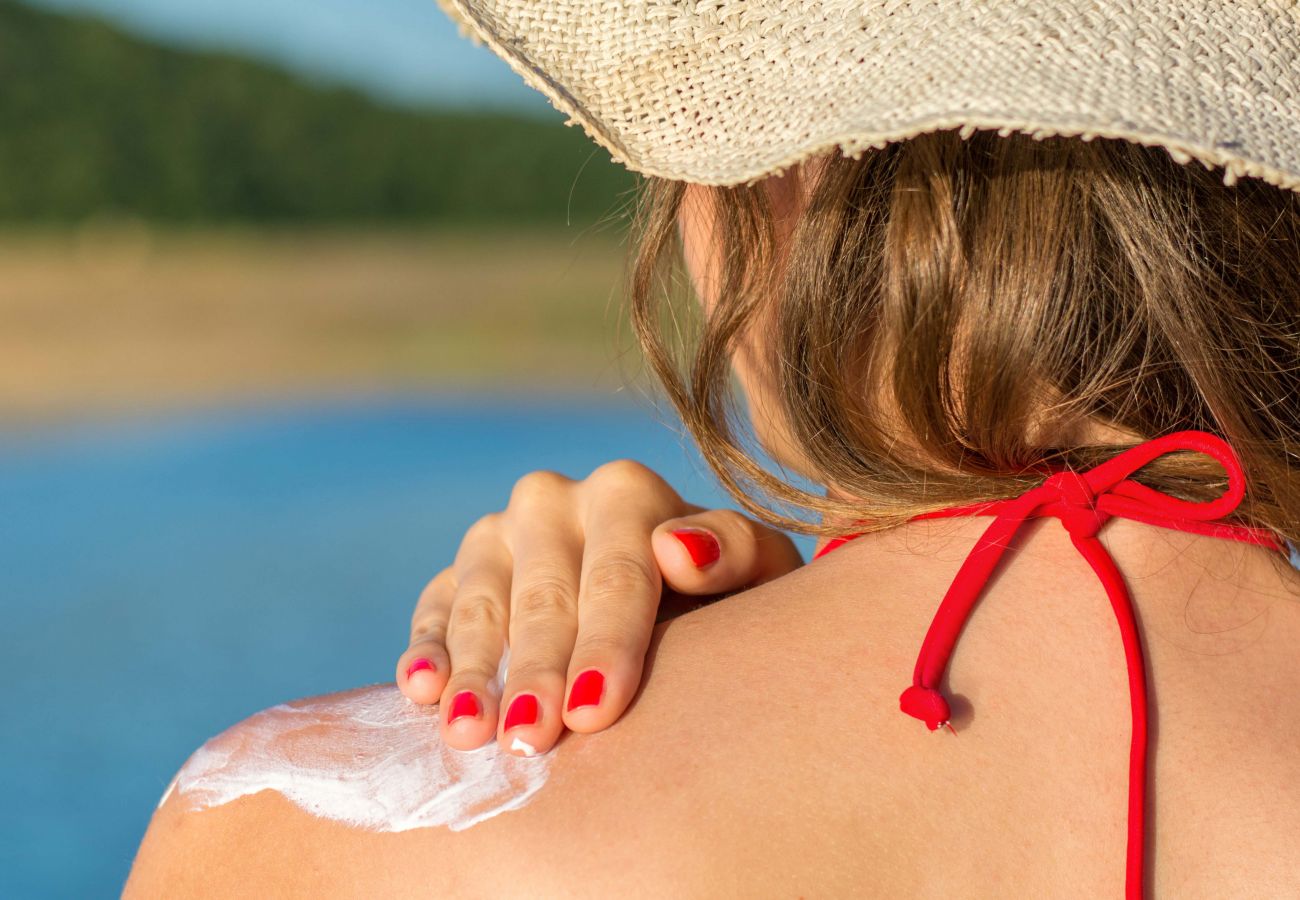In the age of digital information it can be hard to find trustworthy sources. For any given topic there's a countless number of blogs, articles or videos clamoring for your attention with flashy headlines. Some of the content you might read may be providing half-truths or facts that have been taken out of context.
For topics like sun protection, misinformation can be dangerous because failing to use sunscreen properly can significantly increase someone's risk of skin cancer – the most commonly diagnosed cancer in the United States.
Here are five of the most common myths about sunscreen, debunked:
Myth: The higher the SPF, the longer I can stay out in the sun
A common mistake when choosing sunscreen is believing that sunscreen with an SPF (sun protection factor) of 50 offers nearly twice the coverage of SPF 30. In reality, SPF 30 blocks 97% of ultraviolet rays, while SPF 50 blocks out 98%. Someone wearing a higher SPF sunscreen may have a false sense of security, believing they can stay out in the sun longer.
Regardless of the SPF number, you still need to reapply sunscreen every 90 minutes and should seek shade during the hottest parts of the day. Roswell Park Comprehensive Cancer Center recommends using a sunscreen with an SPF of at least 30, and to choose a broad-spectrum sunscreen to protect against both UVA and UVB rays. UVA rays penetrate deep into the skin and contribute to aging and wrinkling while UVB rays damage the outer layers of the skin. Both play roles in the development of skin cancer.
Myth: People of color don’t need to use sunscreen
Damaging ultraviolet (UV) rays can penetrate all types of skin. It’s a myth that people of color – including African-Americans, Asians, Hispanics, Native Americans and Pacific Islanders don’t get skin cancer.
While people with darker skin don’t get skin cancer as frequently as Caucasians, when it is diagnosed in a person of color, the cancer is often more advanced, more difficult to treat, and more likely to be fatal. All people, regardless of skin color, must protect themselves from the sun.
What causes skin cancer?
Though sun exposure is the leading cause, there are other factors that can put you at risk.
Myth: Ingredients in mineral-based sunscreens are harmful to humans
A dangerous myth that has spread online in recent years is that ingredients in sunscreen can actually cause harm to humans, including skin cancer. The concerns are typically around nanoparticle-containing zinc oxide and titanium dioxide.
Mineral-based sunscreens use zinc oxide and titanium dioxide as a physical barrier that sits on top of the skin and reflects UV rays. When zinc oxide and titanium dioxide are used as nanoparticles (ultrafine or micronized particles), not only can they block sun better but they also vanish without residue.
Some have expressed concern that nano-titanium dioxide and zinc oxide may damage DNA when exposed to UV rays. Evidence on this is conflicting, but to eliminate the possibility entirely, the nanoparticles in sunscreens are coated with inactive compounds to negate any potential risk.
There is also some concern that the nanoparticles can penetrate the skin through hair follicles. While they have been found to attach to hair follicles, the particles have not been found to penetrate through the outer layer of the skin that lines the follicles.
Myth: Chemical-based sunscreens containing oxybenzone can be harmful when absorbed through the skin
Unlike mineral-based sunscreens that sit on top of the skin, chemically based sunscreens soak into the skin and redirect UV rays away from the skin cells. Oxybenzone, a chemical that provides broad-spectrum UV protection, has been safely used in sunscreens for more than 40 years. Studies have found oxybenzone to contain estrogen-like properties. However, only a minuscule amount of oxybenzone is absorbed through the skin when applied. It would take daily use, well above the recommended amount for hundreds of years for it to affect a person’s hormones.
Myth: Spray sunscreen is as effective as lotion
Many people use spray sunscreen as a quick alternative to lotion, believing they can just spray and go. However, for sunscreen to work properly, it still should be rubbed onto the skin like lotion to avoid missing streaks of skin, as can happen when sprayed. Additionally, to prevent inhalation of the spray, it should not be used around the face. Because of these application concerns, the FDA recommends that sunscreen sprays be avoided in children until they are studied further.



